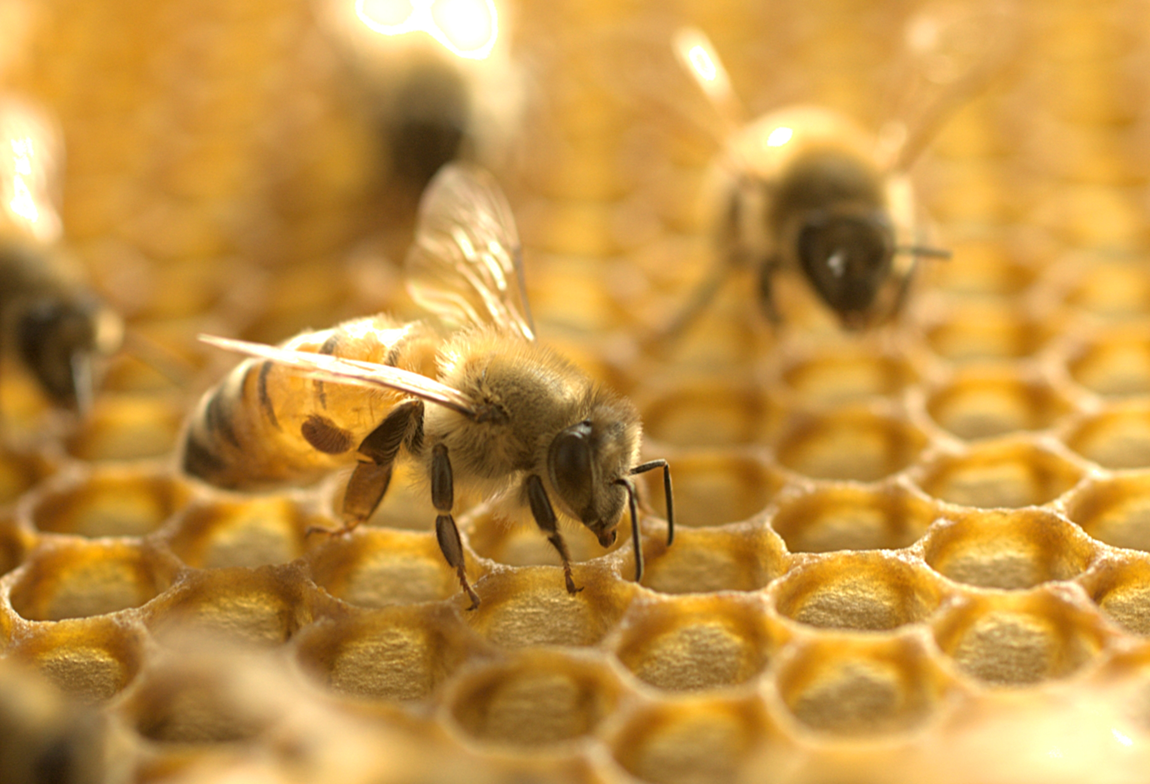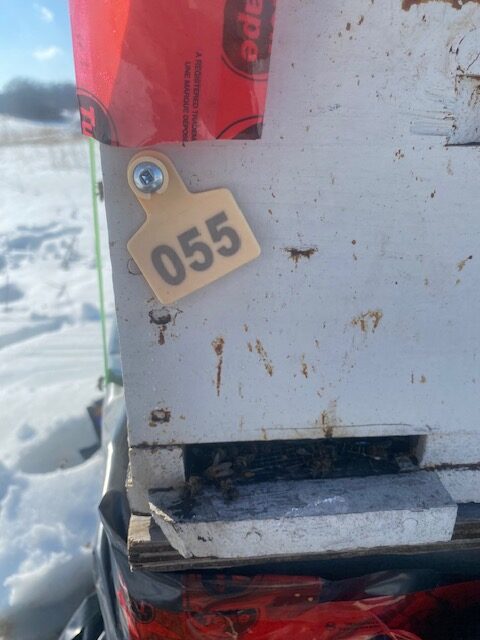
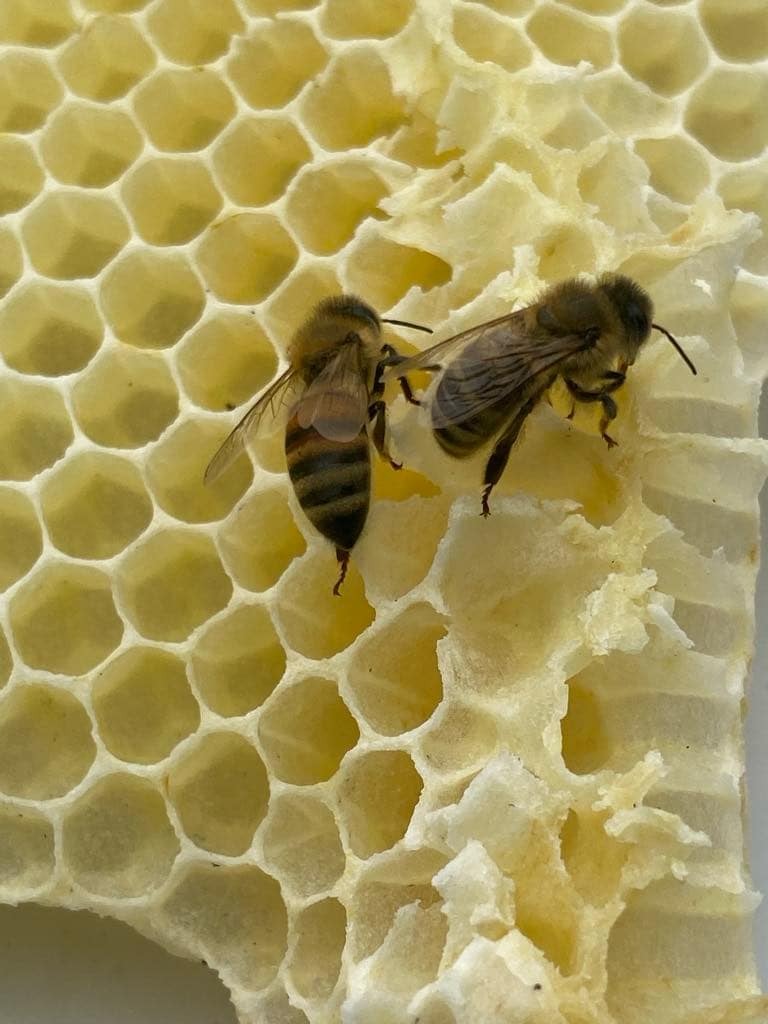
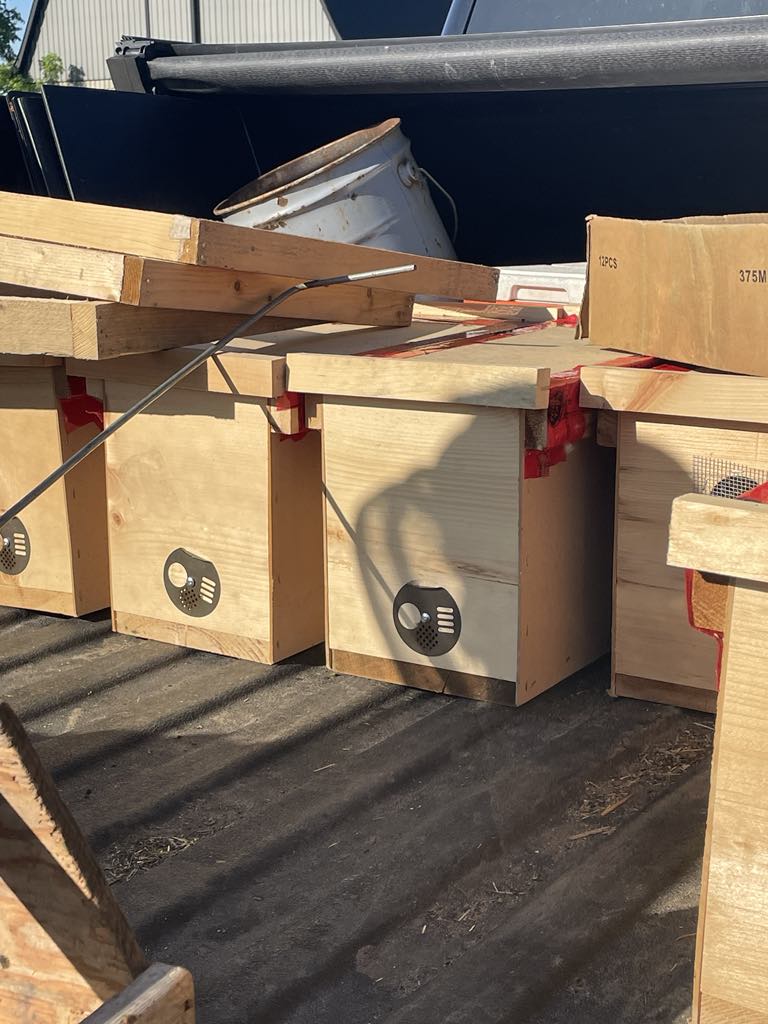
Explore the concept of resistant queens in queen breeding. Learn how these queens can improve hive resilience and support thriving bee communities.
If beekeepers work together, we should be able to achieve resistance. It is a myth that we are all individuals. Our bees intermingle, migrate, and swarm to different yards. Genetics are spread, good and bad. Trying to survive without developing symbiotic relationships hasn’t worked for 20 years.
According to Einstein, insanity is repeating the same process and expecting different results. That is why I am sharing my experiments and experience.
Not because I feel that I have reached a level of mentor or teacher, but because sharing is the fast track to reaching our collective goal – bees that overwinter with 90% survival rate.
To reach this goal individuals need to understand the difference between tolerance, resistance, and hygienic behavior.
Resistance means two different things depending on who you talk to. The first thought is that the bees resist becoming infected by varroa mite.
The second thought is that the bees resist being infected by the bacteria and viruses passed on by varroa.
Next, what are you aiming for? Resistant to the mite infection or the diseases?
Tolerance refers to how much the bees tolerate VM. This can range from bees do not care if they have varroa mites on them, or in the hive, or to a bee that freaks out if you put one grain of flour on them and they struggle until they remove the flour.
There is another factor, what do the bees do with the mites? Purdue University developed a bee strain that bites the legs off of varroa mites. Other methods of dealing with bees includes chewing the bees, pulling them off and killing them.
I have found chewed mites on the bottom board of our hives. I have also found live mites. At this time we do not have any ‘reproduceable proof’ that our bees are doing more than just pulling mites out of cells.
Hygienic Behavior means that the bees uncap cells that have problems and either remove the drones or clean the cells and recap the drone. There are several ways to test. Normally, up till 2025, our testing has been done by removing 100 drone comb and manually opening every comb and counting the mites.
In 2024 we have tested hives with zero mites at late as June. These were the hives I kept in our back yard for experimentation and were F2 from Buckfast bees we imported from Italy. This is a hard method because Varroa Mites are fast. The second you uncap the cell they are on the move.
This has caused us to wonder at the benefits of hygienic behavior if the bees are not viciously attacking any mites that leave the cell. And, can the bees kill more than 1 or 2 of the mites, causing the rest of the mites to scamper into the next cell.
One quirk that needs to be addressed if you are breeding your own queens for resistance is the fact that nurse bees can identify an inbred larva and will remove it. A spotty brood pattern may not mean good genetic behavior. It may suggest that the queen mated with a close relative.
We did have 10 colonies that lasted 3 years who were rarely treated, overwintered, and did not display disease. However, we lost them partly because of a bad year, when everyone lost their hives 2019/2020. But, we also lost them because of my inexperience at the time.
Queen Mating – Don’t Forget Drones!
It took me 2 years to find anything out about drone flooding, and the importance of drones. Even among the researchers there is conflicting information. Some believe that hives raise an average of 500 drones. Others believe that hives raise 2000 drones.
“Honey bee health has been on the decline for two decades, with U.S. and Canadian beekeepers now losing about 25 to 40% of their colonies annually. And queen bees are failing faster than they have in the past in their ability to reproduce. The reason has been a mystery, but researchers at North Carolina State University and the University of British Columbia are finding answers.
Their latest research, published Jan. 8 in the journal Communications Biology, offers clues about what’s behind queen bee failure, finding that when sperm viability is low, the expression of a protein known to act against pathogens such as bacteria and viruses is high.” Shedding Light on the Secret Reproductive Lives of Honey Bees – College of Agriculture and Life Sciences
I believe that removing drones to reduce varroa has been a disservice to your local bee population. It reduces genetic diversity. Small beekeepers need queens, and they need well bred queens. To do this, we must start to raise healthy, strong, drones.
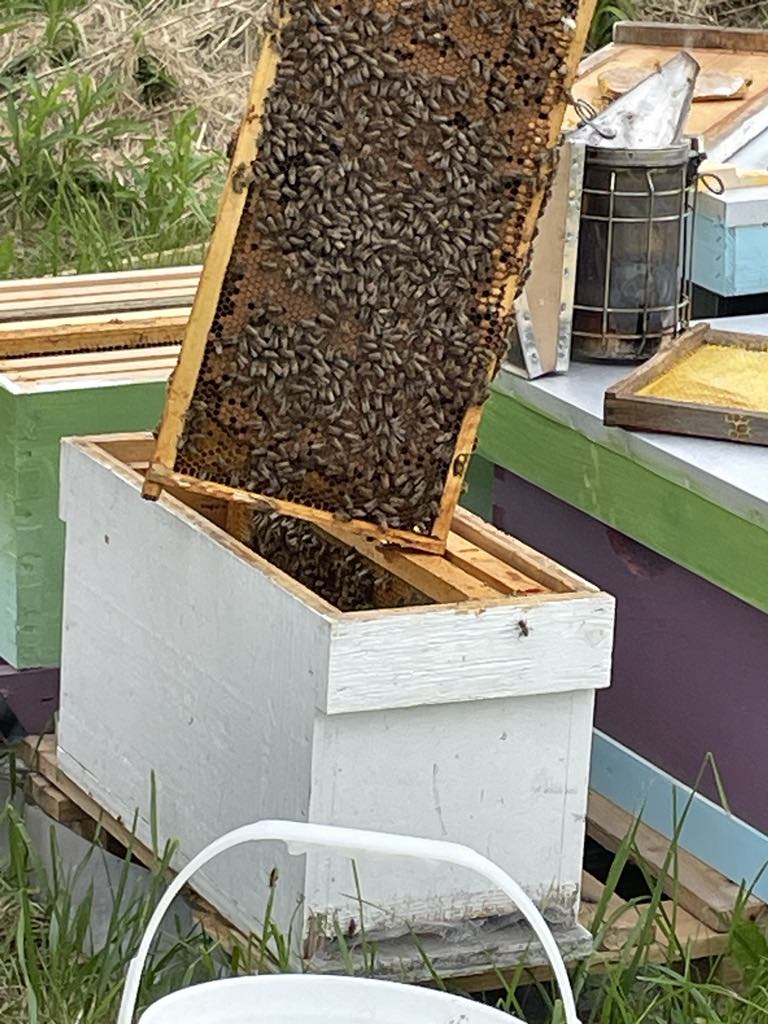
Post tags :
Share :
Latest Post

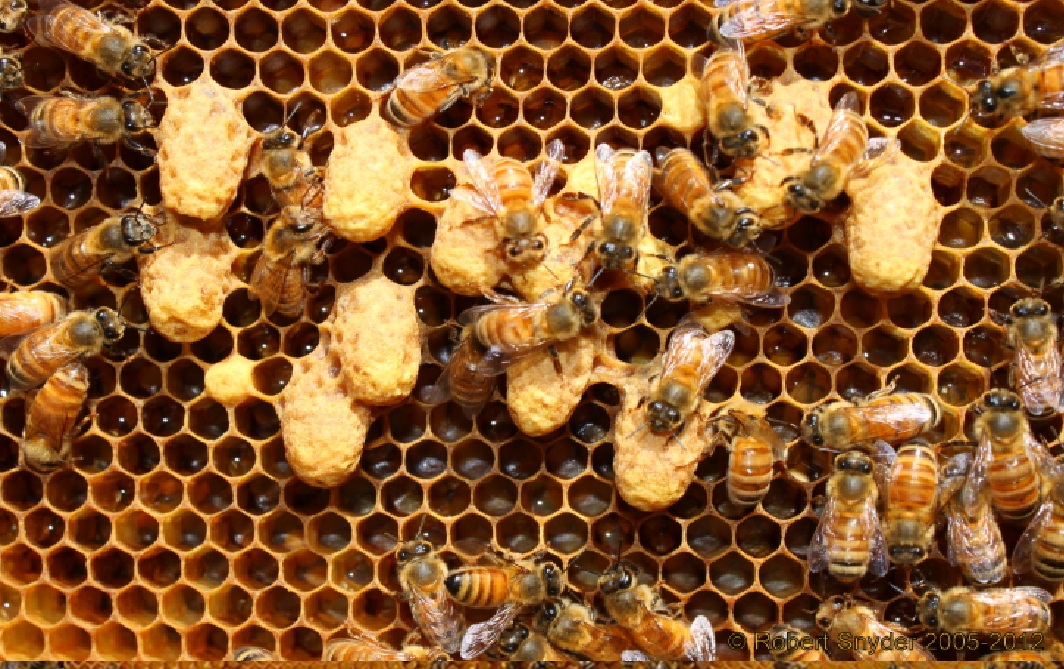
The Beekeeping Year Starts in August – Part 3 – Preventing Swarms
Buying and Transporting Queen Bees
